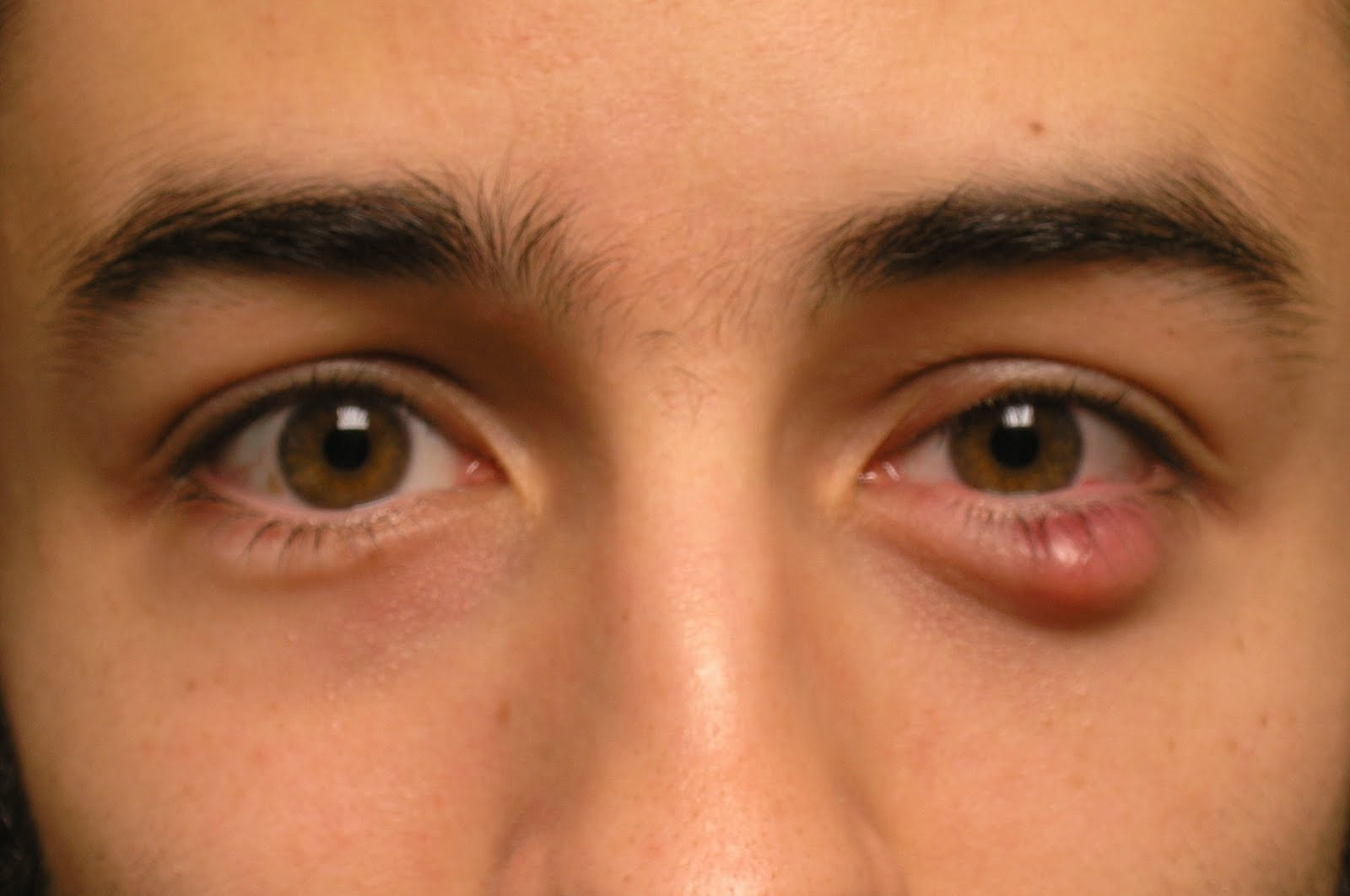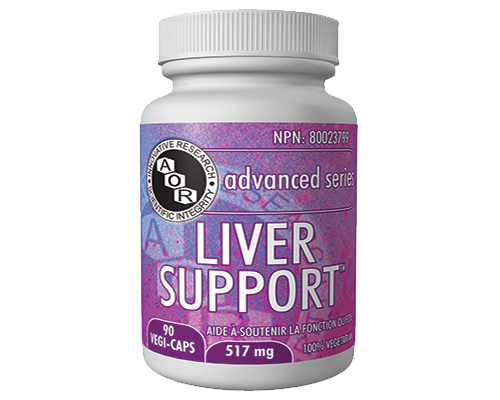Today, many people in the world suffer from different eye infections. Some of them could be quite serious in nature. In this article we will be discussing about various types of eye infections.
Viral conjunctivitis:
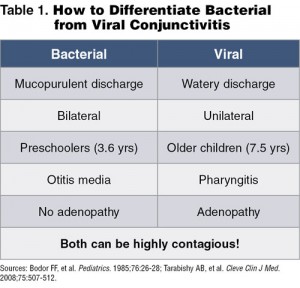
It is the most common type, accounting for half of all cases of conjunctivitis in the adult. It is usually caused by an adenovirus, mostly following an upper respiratory infection or cold. Viral conjunctivitis is quite contagious and other family members could also complain of having “red eye.” Infected patients mainly present with eye redness and watery tearing, but little mucous discharge.
It is often seen that only one eye is infected, but the infection could easily hop to the other side before the end. Two specific signs on exam are enlarged follicular bumps on the inside of the eyelids (these look like tiny blisters) and swelling of the preauricular node located in front of the ear.
Blepharitis:

It refers to inflammation (itis) of the eyelids (bleph), particularly in the eyelid margin. This condition is a common diagnosis in an eye clinic, with patients complaining of stinging, tearing, and a “gritty” sensation in their eyes. The primary remedy for blepharitis involves good lid hygiene. Most cases can be relieved in a few weeks by having the patients wash their eyelashes daily with baby shampoo and a washcloth. Warm compresses will also help as they open up the orifices of the meibomian glands.
Serious cases of anterior blepharitis may require topical antibiotics. You can also use oral doxycycline – which works not by its antibiotic effect, but by changing the fatty acid oil composition of the meibomian glands, allowing the fluid to flow better. Blepharitis is common and a large number of patients seem to suffer some degree of blepharitis. This is a chronic irritation such that compresses and lid scrub regimens may need to be continued indefinitely.
Chalazion:
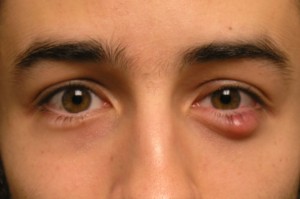
Chalazions are granulomatous inflammations of the meibomion gland. These glands produce the lipid component of the tear film and are deeply situated within the supporting tarsal plate of the lid. Chalazions occur when meibomian gland pores become clogged (such as in blepharitis) — lipid backs up into the gland, and a noninfectious inflammatory granuloma reaction occurs. On diagnosis, the patient will have a firm and mobile nodular bump on their eyelid. When you evert the lid, you’ll often see the chalazion bump more clearly.
They are non-tender and are not painful. Early treatment also involves warm compresses, massage, and lid scrubs in an attempt to reopen the meibomian pore and allow the material to flow out. If this doesn’t work, we flip the lid and incise/drain the chalazion from the inner eyelid surface. Some people are more prone to developing chalazions and they tend to reoccur.
Chlamydial Conjunctivitis:
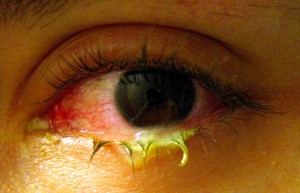
Chlamydia results into two different kinds of conjunctivitis: inclusion conjunctivitis and trachoma. Both of these infections are caused by different serotypes of chlamydia bacteria. We don’t see either of these infections often, but they are major reasons of blindness in developing countries.

